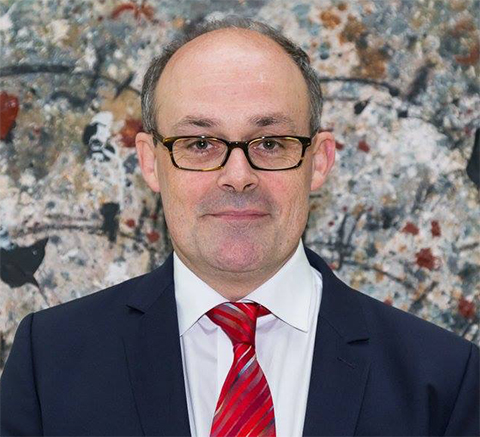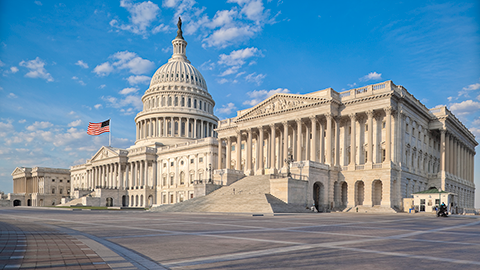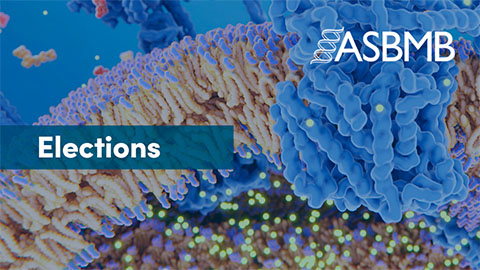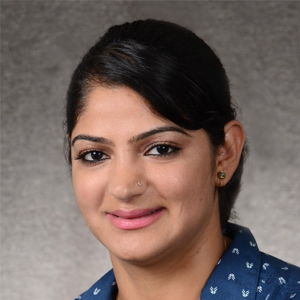
'You can't afford to be 15 years behind the parasite'
As an undergraduate at Adelaide University in South Australia, David Fidock became interested in genetically engineering plants to make them resilient to increasing salinity and drought.
He wanted to do a Ph.D. focused on applying molecular biology techniques to improve health outcomes in the global south due to deteriorating climate conditions. So, he started applying for graduate positions in France and interviewed at several institutions.

His meeting with Pierre Druilhe, a physician–scientist at the Pasteur Institute in Paris, changed his life course.
Fidock was inspired by Druilhe’s work on developing a vaccine that would prevent malaria infection by targeting the parasite before it enters the host's bloodstream.
“From a values perspective, malarial work fits the same criteria as crop science — addressing global health needs through the application of molecular biology and experimental research,” Fidock said. “So, I decided to join his lab and contribute to malaria research instead.”
Margaret A. Phillips nominated Fidock for the American Society for Biochemistry and Molecular Biology’s 2025 Alice and C.C. Wang Award in Molecular Parasitology.
“Drug resistance has been a major contributor to our inability to control malaria on a global level,” Phillips wrote in her nomination letter, “and David’s work has had a major impact on our understanding of how drug resistance develops.”
Fidock is a professor at Columbia University and a member of the WHO’s Malaria Policy Advisory Group, which advises the Global Malaria Programme on its efforts to control and eliminate malaria, including a focus on combatting drug resistance.
“It's a huge, coordinated effort because we are now seeing the start of what could become a tsunami of resistance washing over Africa in coming years,” he said.
Identifying the genes responsible for drug resistance can take up to 15 years from the first signs that treatments are failing, providing ample time for resistant strains to emerge and spread.
“So how do you narrow this gap?” Fidock said. “You can't afford to be 15 years behind the parasite.”
Winning the race against a deadly species
Using tools such as genetic crosses between drug-resistant and susceptible parasites, combined with gene editing, Fidock’s research identifies the genetic and molecular basis of drug resistance in Plasmodium falciparum,the most lethal of the five human malaria parasite species.
Over the years, his lab has collaborated with the international public–private partnership Medicines for Malaria Venture to determine whether a preclinical candidate in the drug development pipeline is at a higher risk of acquiring parasite resistance. This helps increase the efficiency of the drug discovery and development process.
“We don't want to be working with compounds that select very easily for resistance,” Fidock said. “One of the major benefits of this type of research is to inform how we could rationally develop treatments, not only to cure malaria but to slow down its rate of acquiring multidrug resistance.”
The lab discovered that different mutations in the P. falciparum chloroquine resistance transporter develop resistance to the former first-line drug chloroquine and the current partner drug piperaquine. They saw that parasites resistant to piperaquine often lose resistance to chloroquine because of how the transporter mutations interact with these drugs.
“So, studying these inverse susceptibilities and combining both drugs could potentially block parasites from acquiring multidrug resistance,” Fidock said.
Fidock is focusing now on artemisinin-based combination therapies, how artemisinins work, identifying the cause of partial resistance to these therapies, and developing better treatments from drugs to strategies such as chemoprevention.
ASBMB 2025 award winners
Read profiles of all the society’s 2025 honorees who will receive their awards and give talks at the ASBMB Annual Meeting, April 12–15 in Chicago.
From receptor research to cancer drug development: The impact of RTKs
Joseph Schlessinger receives the ASBMB Herbert Tabor Research Award.
Computational and biophysical approaches to disordered proteins
Rohit Pappu receives the DeLano Award for Computational Biosciences.
Leading the charge for gender equity
Nicole Woitowich receives the ASBMB Emerging Leadership Award.
Helping underrepresented scientists feel seen
Benjamin Garcia receives the ASBMB Ruth Kirschstein Diversity in Science Award.
Transforming learning through innovation and collaboration
Neena Grover receives the William C. Rose Award for Exemplary Contributions to Education.
Curiosity turned a dietitian into a lipid scientist
Judy Storch receives the Avanti Award in Lipids.
Elucidating how chemotherapy induces neurotoxicity
Andre Nussenzweig receives the Bert and Natalie Vallee Award.
What seems dead may not be dead
Vincent Tagliabracci receives the Earl and Thressa Stadtman Distinguished Scientist Award.
'You can't afford to be 15 years behind the parasite'
David Fidock receives the Alice and C.C. Wang Award in Molecular Parasitology.
Guiding grocery carts to shape healthy habits
Robert Helsley receives the Walter A. Shaw Young Investigator in Lipid Research Award.
Enjoy reading ASBMB Today?
Become a member to receive the print edition four times a year and the digital edition monthly.
Learn moreGet the latest from ASBMB Today
Enter your email address, and we’ll send you a weekly email with recent articles, interviews and more.
Latest in People
People highlights or most popular articles

Building a stronger future for research funding
Hear from Eric Gascho of the Coalition for Health Funding about federal public health investments, the value of collaboration and how scientists can help shape the future of research funding.

Fueling healthier aging, connecting metabolism stress and time
Biochemist Melanie McReynolds investigates how metabolism and stress shape the aging process. Her research on NAD+, a molecule central to cellular energy, reveals how maintaining its balance could promote healthier, longer lives.

Mapping proteins, one side chain at a time
Roland Dunbrack Jr. will receive the ASBMB DeLano Award for Computational Biosciences at the ASBMB Annual Meeting, March 7–10, just outside of Washington, D.C.

2026 voter guide
Learn about the candidates running for Treasurer-elect, Councilor and Nominating Committee.

Meet the editor-in-chief of ASBMB’s new journal, IBMB
Benjamin Garcia will head ASBMB’s new journal, Insights in Biochemistry and Molecular Biology, which will launch in early 2026.

Exploring the link between lipids and longevity
Meng Wang will present her work on metabolism and aging at the ASBMB Annual Meeting, March 7-10, just outside of Washington, D.C.

